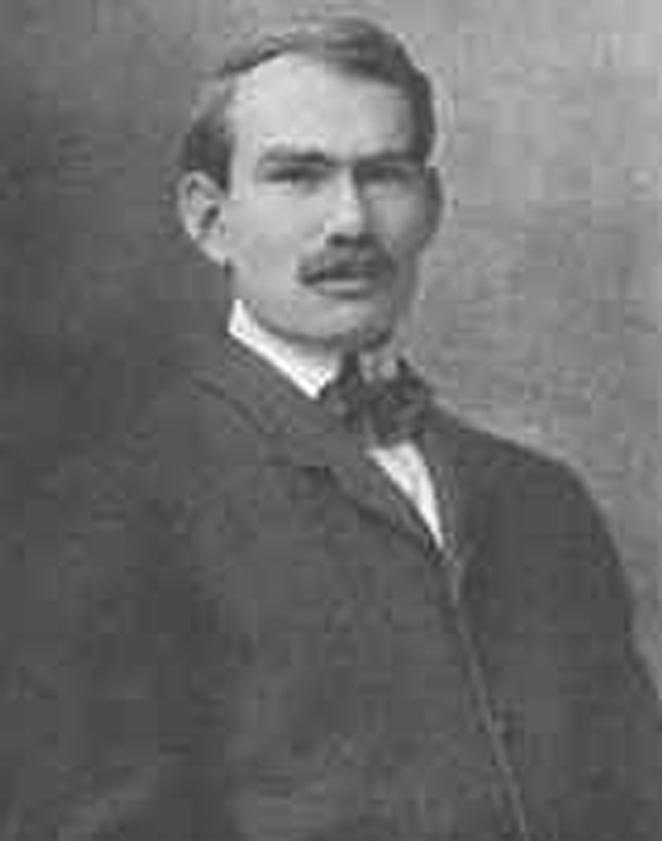The American inventor and electrical engineer, Lee De Forest is credited for inventing the Audion, a vacuum tube that takes moderately weak electrical signals and amplifies them. The device helped AT&T establish coast-to-coast phone service, and it was also used in everything from radios to televisions to the first computers.

Lee De Forest was born on August 26, 1873 in Council Bluffs, IA, the son of Henry Swift DeForest and Anna Robbins. His father was a Congregational Church minister and the President of Talladega College, an all-black school in Alabama. He had always hoped that his son would choose the same career path but De Forest had other plans. De Forest completed his schooling from the Mount Hermon School, and then enrolled at the Sheffield Scientific School at Yale University in Connecticut in 1893. Here he completed his graduation and earned his Ph.D. degree in 1899 with a dissertation on radio waves.
After completing his graduation he got employed at Western Electric, where he devised dynamos, telephone equipment, and early radio gear. In 1902, he started his own business, the De Forest Wireless Telegraph Company, selling radio equipment and demonstrating the new technology by broadcasting Morse code signals. Within a span of four years De Forest had been squeezed out of the management of his own company. De Forest was highly creative and active, but many a time did not see the potential of his inventions or grasp their theoretical implications. While working on improving wireless telegraph equipment, he modified the vacuum tube invented by John Ambrose Fleming and designed the Audion (a vacuum tube containing some gas) in 1906. It was a triode, including a filament and a plate, like regular vacuum tubes, but also a grid between the filament and plate. This reinforced the current through the tube, amplifying weak telegraph and even radio signals. De Forest thought the gas was an essential part of the system; however in 1912, others showed that a triode in a complete vacuum would function much better.
In 1913, the United States Attorney General sued De Forest for deceit on behalf of his shareholders, stating that his declaration of rebirth was an “absurd” promise (he was later acquitted). In 1916, the American inventor made two triumphs: the first radio advertisement (for his own products) and the first presidential election reported by radio.
In 1919, De Forest filed the first patent on his sound-on-film process, which enhanced the work of Finnish inventor Eric Tigerstedt and the German partnership Tri-Ergon, and named it the De Forest Phonofilm process. This process involved recording sound directly onto film as the parallel lines of variable shades of grey, and later became known as a “variable density” system as opposed to “variable area” systems such as RCA Photophone.
Lee De Forest died in Hollywood on July 1, 1961, and was buried in San Fernando Mission Cemetery in Los Angeles, California. He died as a poor man with just $1,250 in his bank account at the time of his death.

